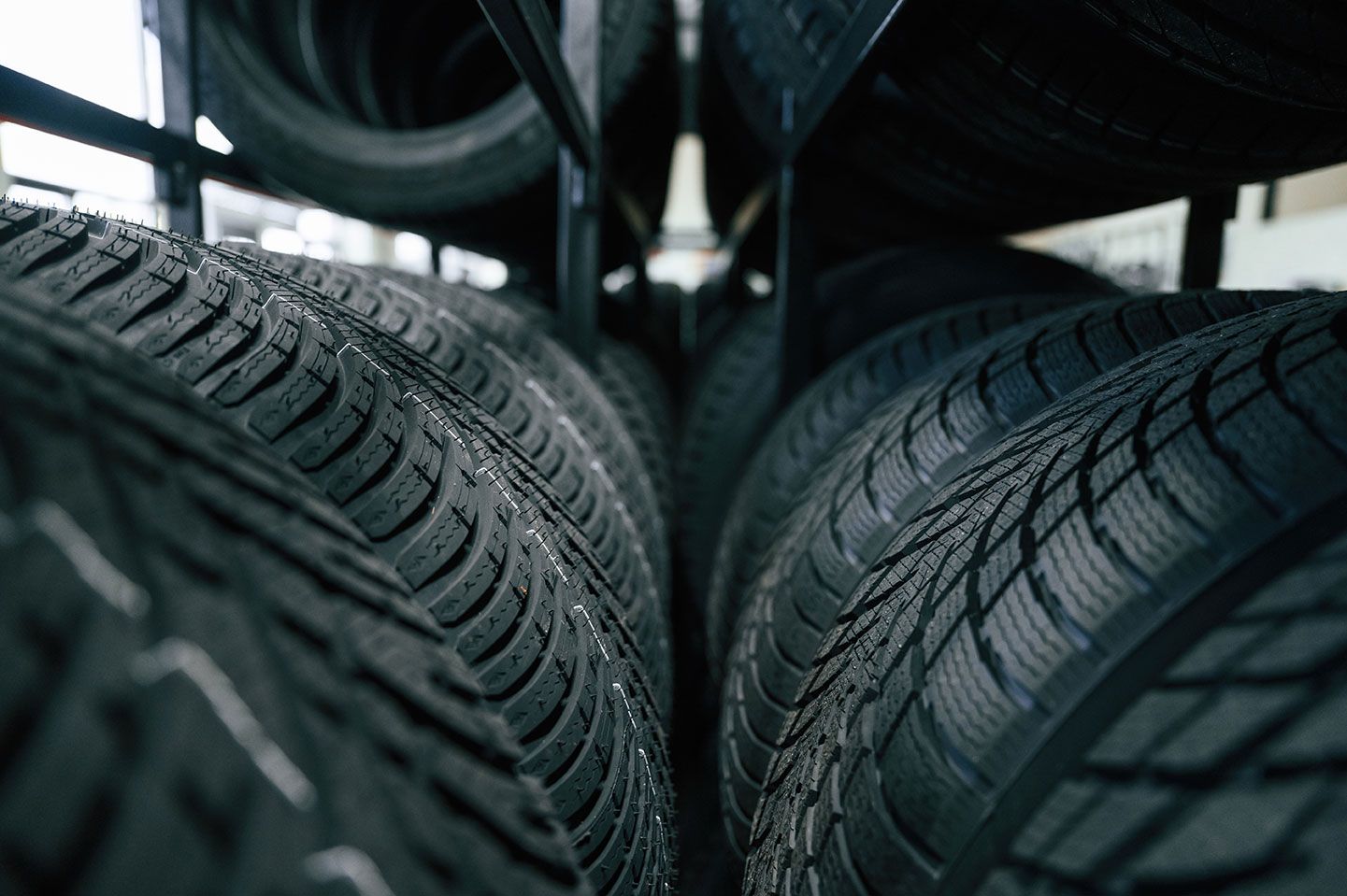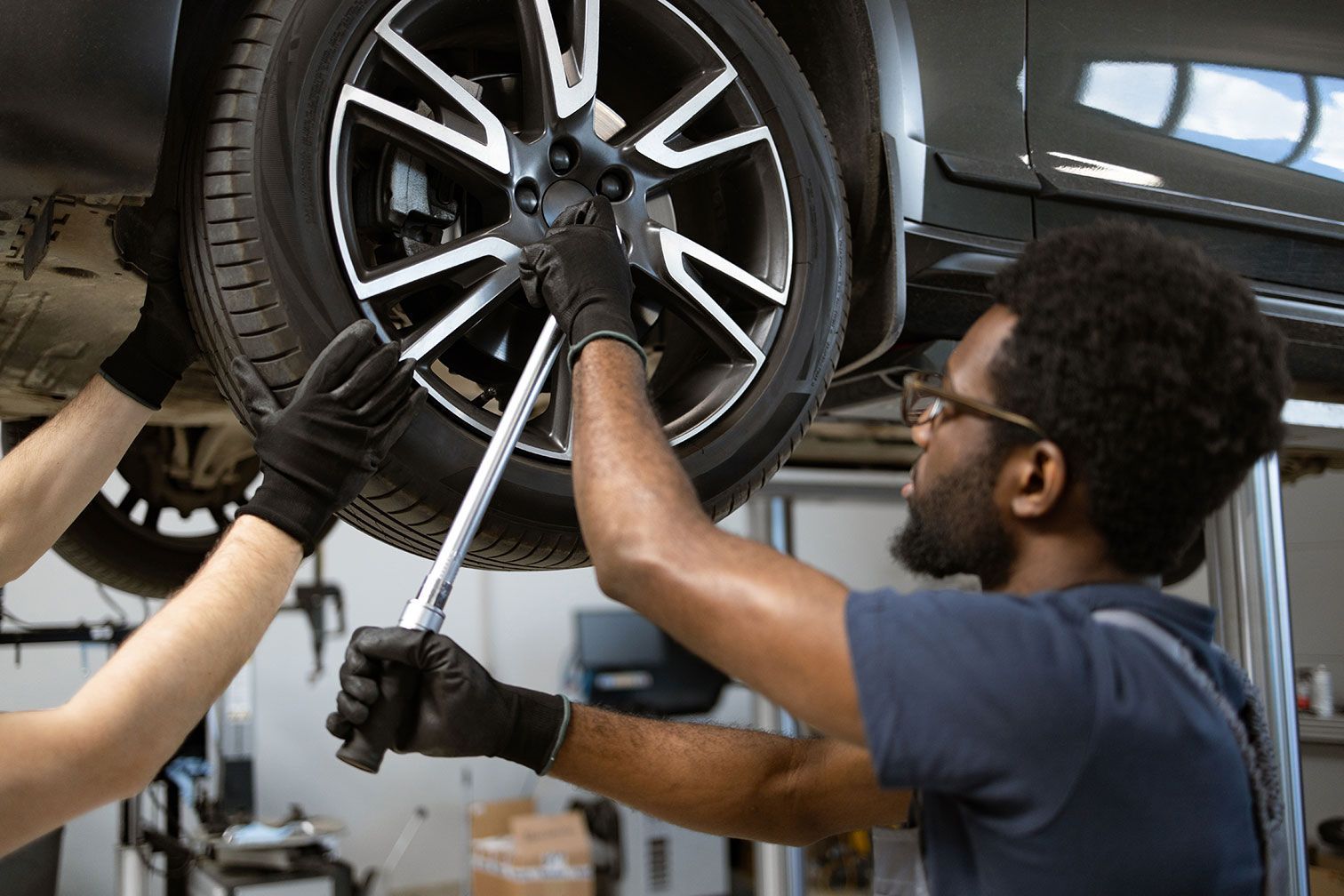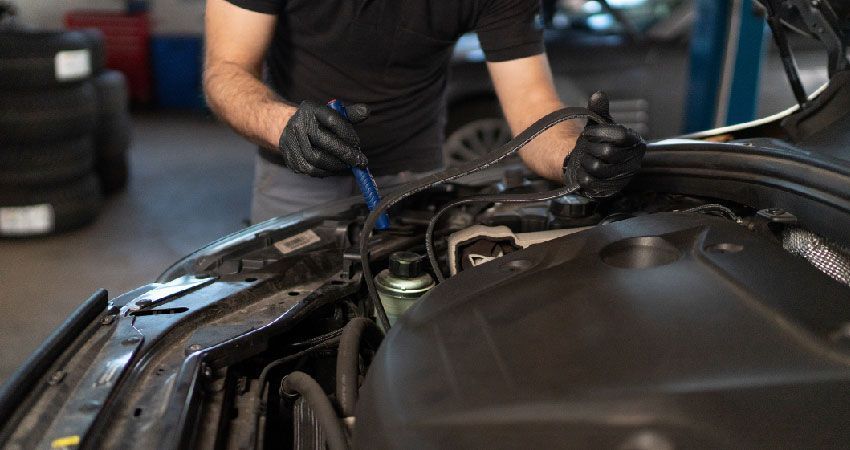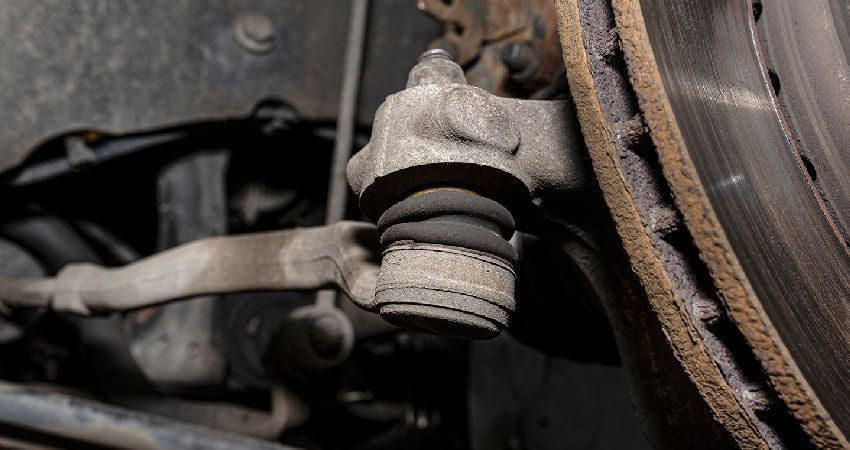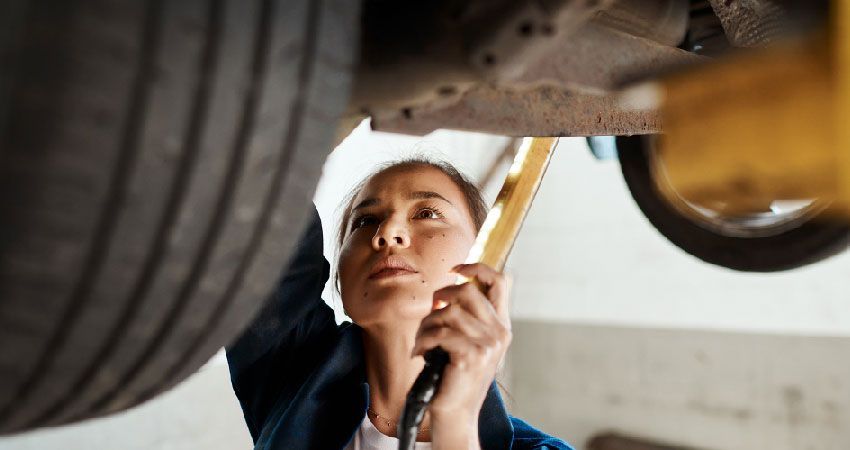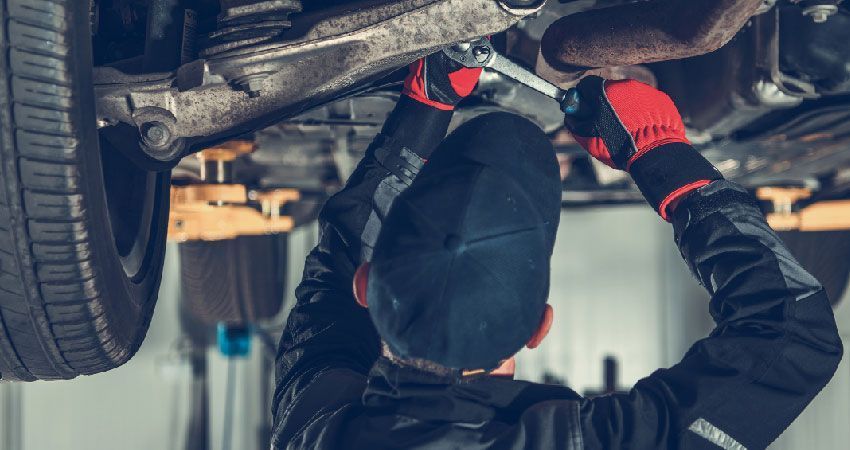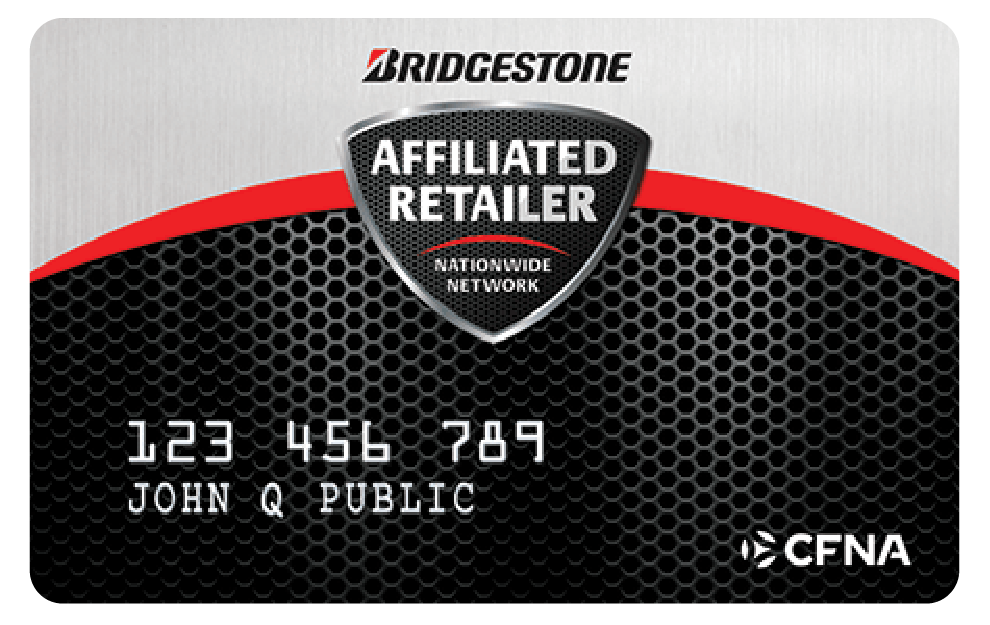Why You Should Get Your Suspension Inspected
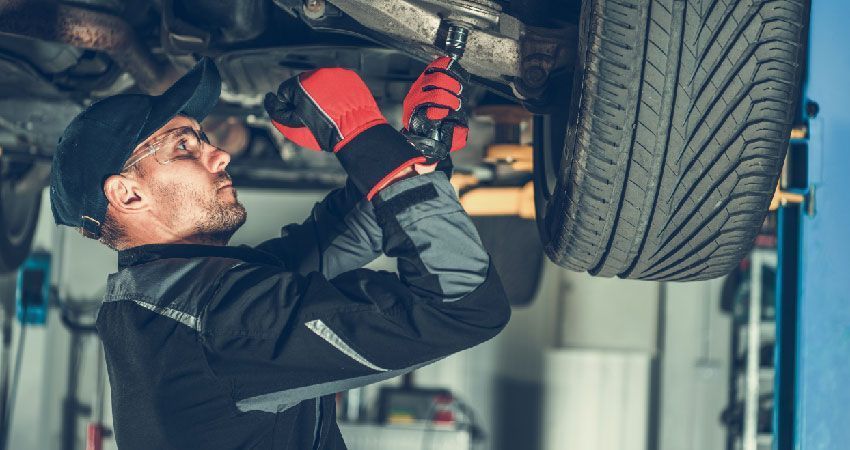
What is a vehicle suspension inspection?
Why should you have your vehicle's suspension inspected?
Your suspension system is a key safety device for your vehicle. It keeps your vehicle’s tires in contact with the road and keeps you in control of your vehicle. Your suspension system is also a major component of providing a comfortable ride. There are many things that could go wrong if your vehicle’s suspension system failed. If your springs failed, it would be impossible for your tires to stay in contact with the road surface at all times. If your dampers failed, your tires would continue to bounce up and down since there wouldn’t be anything to absorb the excess spring motion. Worn shocks and shock absorbers also affect your braking and cornering. Worn shocks increase the distance it takes for a vehicle to stop, since a tire isn’t kept in complete contact with the road. It may also cause the front end of your vehicle to “dive” when braking. Worn shock absorbers also increase the wear on tires and suspensions. If your vehicle’s sway bar failed, your vehicle is more susceptible to rolling over. Sway bars control your vehicle’s body roll. Body roll is bad since your vehicle loses traction from the vehicle’s weight transferring to one side during a turn. Sway bars keep your inside wheels in contact with the road surface during a turn, and if the sway bar failed, the inside tires can actually lift off the road, and you can lose control of your vehicle.
When should you have your vehicle's suspension inspected?
There are many things to look for to determine if your vehicle’s suspension system needs to be inspected. The first and most obvious sign is leaking shocks. If your shocks are leaking, your shocks or struts (depending on what you have on your vehicle) must be replaced. Another easy way to find out if your suspension system should be inspected is to determine if it is bouncing or swaying excessively. To do this, you can drive down a familiar road and see if your vehicle bounces more than usual. You can also perform the bounce test. The bounce test requires you to bounce each corner of your vehicle a few times, and after you let go, the vehicle should bounce only once and then settle. If your vehicle settles after one bounce, then your shocks and shock absorbers are good. If your vehicle continues to bounce, your shocks and shock absorbers may be worn and should be inspected. Bottoming out and nose-dives are also good signs of worn shocks and shock absorbers. There are also several other signs that will let you know your suspension system should be inspected. These signs deal with mostly your sway bar. First, the easiest sign is when your vehicle sways too much when you are taking turns. Second, when you are passing an 18-wheeler or if one is passing you, your vehicle will sway from the 18-wheeler’s crosswinds. The third occurs when turning; when this occurs, your vehicle is difficult to steer, and you have to overcompensate for excessive swaying. Any of these signs can mean that your sway bar is loose or damaged and must be inspected. Your sway bar’s bolts that connect the sway bar to the vehicle should also be occasionally checked to determine their condition. Even if you do not encounter any of these common issues, experts say that you should have your vehicle’s suspension system checked every year or every 12,000 miles.
Comprehensive Coverage for All Your Automotive Repair Needs Awaits You!
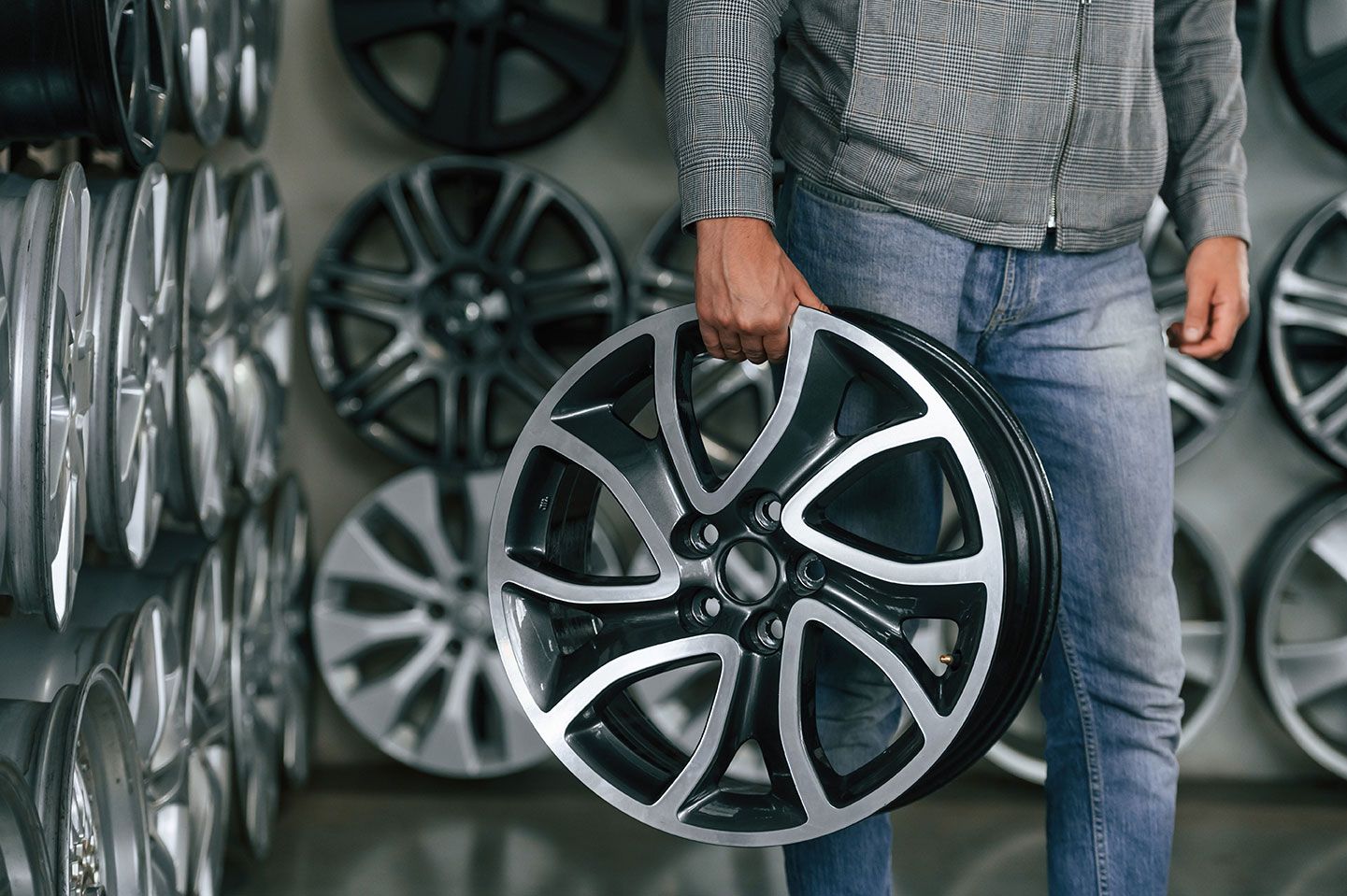
By Melissa Underwager
•
August 7, 2025
When it comes to the performance, safety, and aesthetics of your car, one often-overlooked but crucial component is the wheel. Car wheels serve not only as the foundation for movement but also play a significant role in handling, fuel efficiency, and overall driving experience. In this blog, we’ll dive deep into everything you need to know about car wheels, from their construction to how to choose the best ones for your vehicle.

